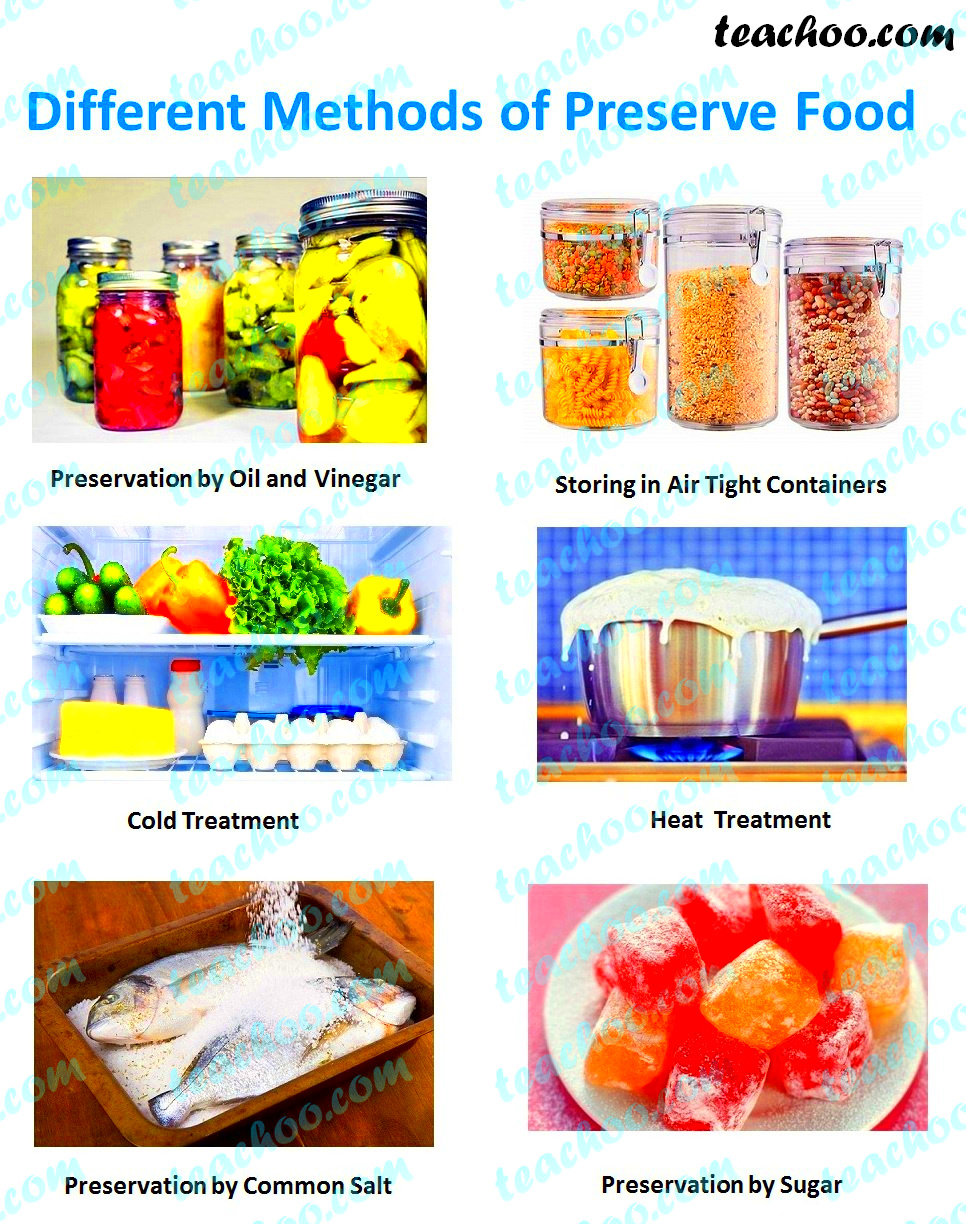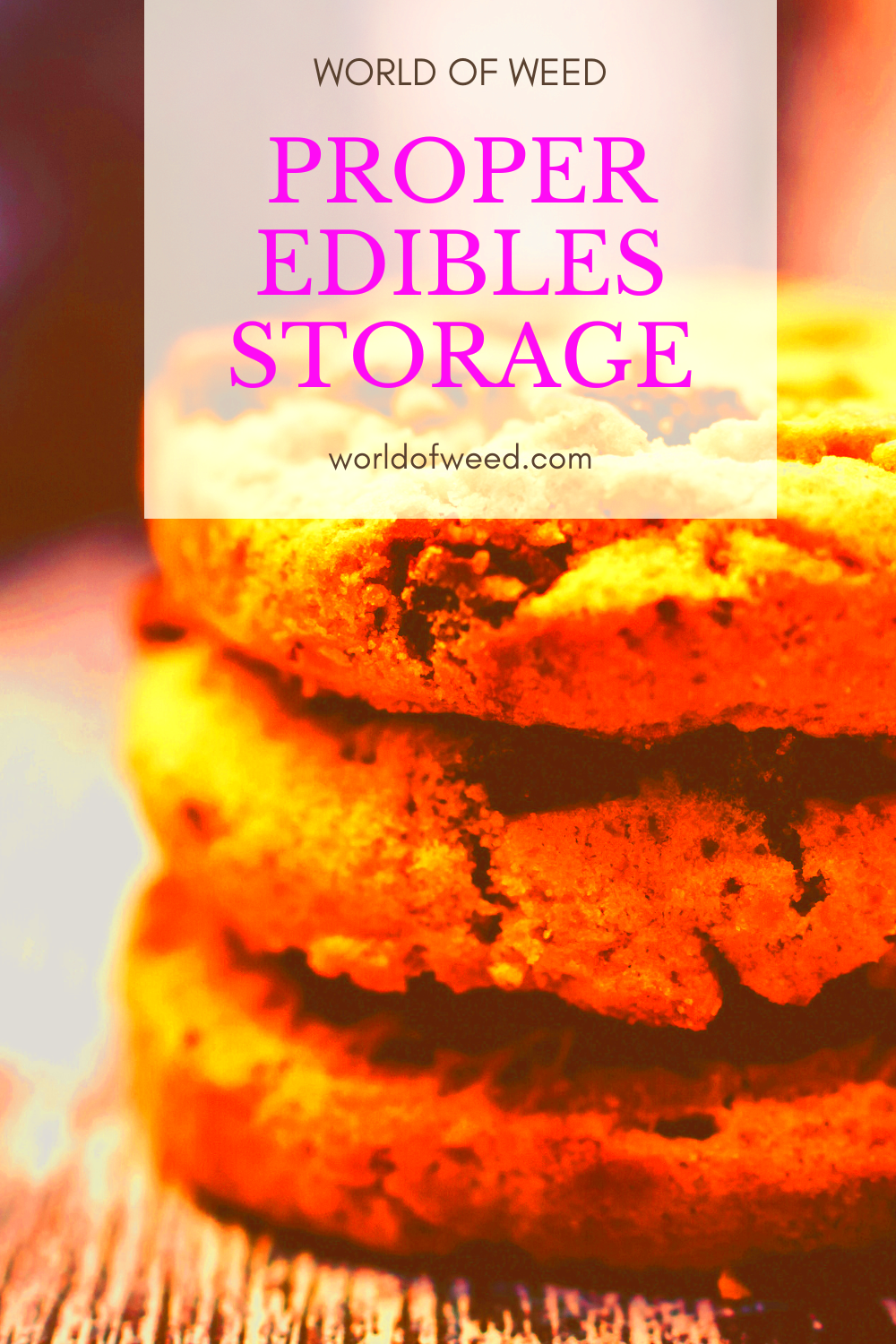Edible images are a fantastic way to add creativity and personality to cakes, cupcakes, and other baked goods. These images, often printed on edible paper with edible ink, can enhance the visual appeal of your treats. However, to maintain their quality and avoid damage, it's crucial to store them correctly. Proper storage not only helps preserve the image's appearance but also ensures that it doesn't affect the taste or texture of the food it’s placed on. In this post, we’ll discuss how to store edible images properly for the best results.
Why Proper Storage of Edible Images Matters

Storing edible images properly is important for several reasons. The right storage helps maintain the quality of the image, ensuring that it stays crisp, vibrant, and intact when you’re ready to use it. If you store them incorrectly, they can become brittle, discolored, or sticky, which can ruin the look of your cake or dessert. Additionally, improper storage can lead to the images absorbing unwanted odors or moisture, affecting both their visual appeal and their taste.
Here’s why proper storage is essential:
- Preserves Image Quality: Edible images are delicate, and improper storage can cause them to fade, wrinkle, or become unusable.
- Protects Taste: Keeping edible images in the right conditions ensures they don’t affect the flavor of your treats.
- Extends Shelf Life: Correct storage helps edible images last longer, allowing you to use them even weeks after they’ve been printed.
Choosing the Right Environment for Edible Image Storage

The environment in which you store your edible images is just as important as how you store them. Exposure to certain elements can cause edible images to deteriorate quickly. To preserve their appearance and quality, you need to ensure they are kept in a controlled environment. Here’s what to consider:
- Temperature: Edible images should be stored in a cool, dry place. High humidity or extreme temperatures can cause them to soften, discolor, or become sticky. Ideally, store them in an environment that’s between 50°F and 70°F (10°C to 21°C).
- Light: Direct sunlight or bright artificial lighting can cause edible images to fade. Keep them in a dark place, such as a drawer or cabinet, away from light.
- Humidity: Moisture is the enemy of edible images. Too much humidity can cause the images to absorb water, making them difficult to handle. Store them in a place with low humidity to prevent damage.
By paying attention to these environmental factors, you can maintain the quality and freshness of your edible images for longer. Avoid storing them near windows, stoves, or areas where they might be exposed to fluctuating temperatures and humidity.
How Temperature Affects the Quality of Edible Images

Temperature plays a crucial role in maintaining the quality of edible images. Edible paper and ink are delicate, and exposing them to extreme temperatures can cause them to degrade quickly. Both heat and cold can negatively impact the appearance, texture, and usability of edible images. Understanding the right temperature range for storage can make all the difference in preserving the integrity of these images.
Here’s how temperature affects edible images:
- Heat: High temperatures can cause edible images to become soft, warped, or sticky. Excessive heat may also cause the ink to smudge, making the image blurry or unrecognizable. Avoid storing edible images near heat sources such as ovens, stoves, or windows where the sun can shine directly on them.
- Cold: While cold temperatures don’t cause immediate damage, storing edible images in a refrigerator or freezer can lead to condensation when they are taken out. This moisture can cause the edible paper to become soggy or discolored. It’s best to avoid refrigeration unless absolutely necessary.
- Ideal Temperature Range: The best temperature for storing edible images is between 50°F and 70°F (10°C to 21°C). This range keeps the images stable without risking them becoming too soft or too brittle.
In short, keeping edible images at a consistent, moderate temperature will help preserve their quality for longer periods, ensuring that they remain in good condition until you’re ready to use them.
Optimal Packaging Techniques for Edible Images
Proper packaging is essential for protecting edible images from environmental factors like air, light, and moisture, which can degrade their quality over time. The goal of packaging is to keep them in pristine condition until they are needed. Here are the best packaging methods for storing edible images:
- Airtight Containers: Store edible images in airtight containers to prevent exposure to moisture and air. This helps maintain their crispness and prevents them from absorbing unwanted odors.
- Plastic Sleeves: Use food-safe plastic sleeves to hold edible images. These sleeves protect the images from dust and prevent them from sticking together. Be sure to keep them flat inside the sleeves to avoid bending.
- Bubble Wrap or Tissue Paper: If you need extra protection, especially for shipping or long-term storage, wrap the edible images in bubble wrap or soft tissue paper. This helps cushion them from any physical damage and keeps them from bending or tearing.
- Desiccant Packs: To control humidity, include a small desiccant pack inside the storage container. This will absorb excess moisture and help prevent the edible images from becoming soggy.
Packaging is a simple but important step in preserving the quality of edible images. With the right materials and careful attention, you can ensure your images stay in top condition, ready to use whenever you need them.
Storing Edible Images for Short-Term Use
If you’re planning to use edible images within a few days to a week, short-term storage is all you need. While it’s important to store them properly even for short periods, the conditions are less strict compared to long-term storage. Here’s how to store edible images for short-term use:
- Cool, Dry Place: For short-term storage, keep your edible images in a cool, dry area away from heat sources and direct sunlight. A kitchen cabinet or drawer works well for this purpose.
- Keep Them Flat: Store edible images flat to prevent them from curling or getting damaged. Avoid stacking them too high or pressing them under heavy objects.
- Use Original Packaging: If you bought edible images from a supplier, storing them in their original packaging can offer extra protection. If not, use a clean, airtight container or a resealable bag to prevent moisture from affecting the images.
In most cases, edible images stored properly for short-term use will stay fresh and ready for decoration for up to a week. If you plan to use them within that time frame, you can keep them in a simple storage solution without too much concern for long-term preservation techniques.
Long-Term Storage Tips for Edible Images
When you need to store edible images for an extended period, careful planning and proper techniques become even more crucial. Long-term storage ensures that your edible images remain in perfect condition, ready for use months after being printed. If you don’t follow the right procedures, exposure to temperature fluctuations, moisture, and light can cause the images to degrade. Here’s how to store edible images for the long haul:
- Use Airtight, Moisture-Proof Containers: For long-term storage, choose high-quality, airtight containers made from food-safe materials. This helps protect the images from both moisture and air, which can cause them to become stale or damaged over time.
- Avoid Refrigeration: Even though refrigeration may seem like a safe option, it can cause condensation when the edible images are taken out, leading to moisture damage. Instead, store them in a cool, dry place at room temperature, away from humidity.
- Keep Images Flat: Always store edible images flat to prevent bending, curling, or creasing. Use a rigid folder, box, or container to keep them in perfect condition.
- Consider Freezer Storage for Extra Protection: While refrigeration isn’t recommended, you can freeze edible images if they are sealed properly in airtight packaging. Just be sure to allow the images to warm to room temperature before use to prevent condensation from forming.
- Store Away from Light: Light, especially direct sunlight, can fade edible images over time. Store them in dark, cool spaces, such as a cupboard or drawer, to maintain their color vibrancy.
By following these long-term storage tips, you can ensure that your edible images retain their quality for months, making them ready whenever you need them.
Frequently Asked Questions About Storing Edible Images
Many people have questions when it comes to storing edible images, especially if they’re new to using them. Let’s answer some of the most common concerns to help you store your edible images with confidence:
- Can I store edible images in the fridge? It’s not recommended to store edible images in the fridge. The cold can cause condensation when the images are removed, leading to potential moisture damage. Store them at room temperature in a cool, dry place instead.
- How long can I store edible images? When stored properly, edible images can last anywhere from a few weeks to a few months. The key is to keep them in a cool, dry place, away from moisture and direct sunlight.
- Can I freeze edible images for long-term storage? Yes, you can freeze edible images, but it’s important to seal them in airtight packaging first. Let them thaw at room temperature before use to prevent moisture damage.
- Why are my edible images getting sticky? Sticky images are usually a result of high humidity or exposure to moisture. To prevent this, store your images in a moisture-proof, airtight container and keep them in a dry environment.
- Can I store edible images in a plastic bag? A plastic bag can be used for short-term storage, but for longer periods, it’s better to use an airtight container or a food-safe plastic sleeve to prevent damage from air or moisture.
By understanding these common questions and following the recommended storage practices, you can ensure your edible images stay in top condition for as long as possible.
Conclusion
Storing edible images properly is essential to maintaining their quality, whether you need them for a few days or several months. By paying attention to factors like temperature, humidity, and packaging, you can ensure that your edible images stay fresh, vibrant, and ready to use whenever needed. Whether you’re storing for the short term or planning for the long haul, the tips shared in this post will help you extend the life of your edible images. Remember, the better you store them, the better they will look when it’s time to decorate your cakes and treats.
With the right care, your edible images can last, look amazing, and bring creativity to your baked goods for any occasion.

 admin
admin








